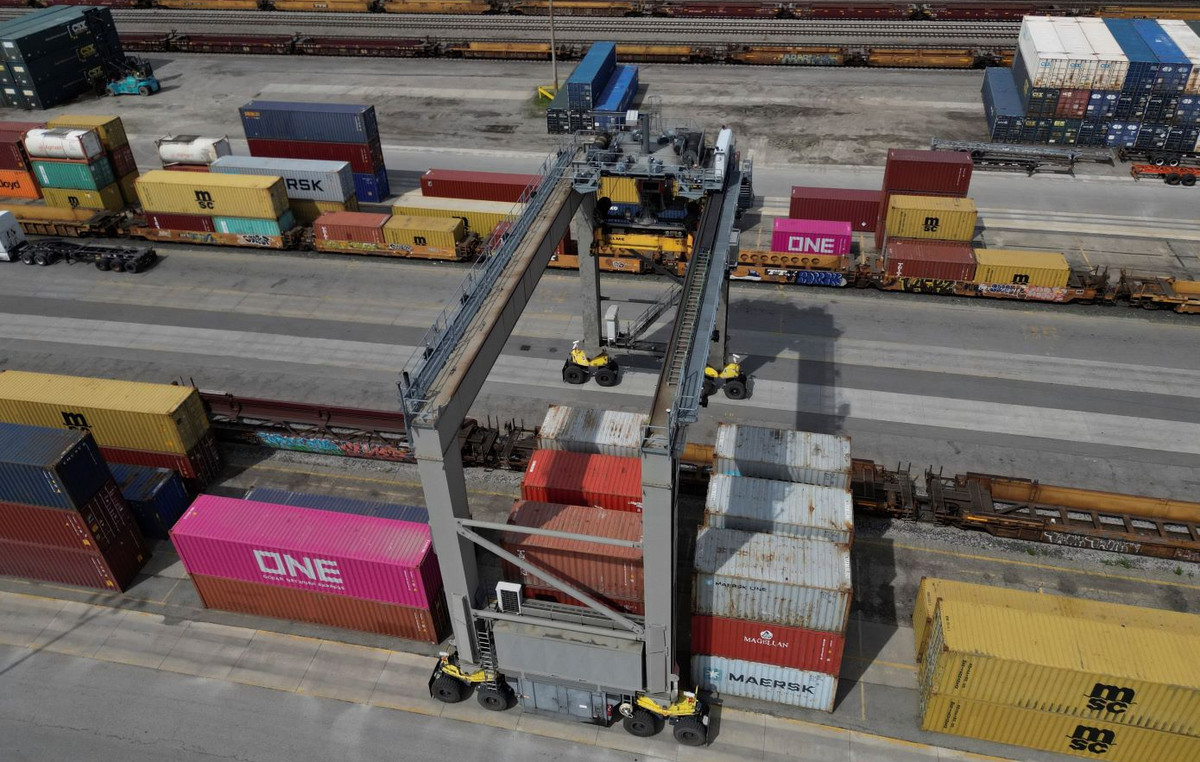Private investments in Brazil have shown good results and prospects in market assessments. The segment’s growth trend in the economy’s share has occurred since 2017, after the downturn between 2014 and 2016. In 2021, private investments accounted for 17.56% of Brazil’s Gross Domestic Product (GDP), compared to 12.88% in 2017.
The assessment is that the new regulatory frameworks, concessions and privatizations have been stimulating the return of private investment in Brazil, benefiting, among other sectors, infrastructure.
One of the main segments of infrastructure, Civil Construction, registered the eighth consecutive quarter of growth, helping the 1.2% increase in the GDP in the second quarter and 3.2% compared to the same quarter of 2021.
With this scenario, the Infrastructure Funds (FI-Infra) are attractive for the capital market.
What are Infrastructure Funds (FI-Infra)
FI-Infra is characterized by investing in debt from companies in the concession sectors. These funds also operate in the form of a closed condominium, that is, it is a closed fund where it is not possible to redeem the shares. However, investors can trade on the B3 (secondary market).
Rafaela Vitória, Inter’s chief economist, reinforces that the current economic scenario is an opportunity for the funds. According to her, the positive scenario for the resumption of private investment in Brazil follows an improvement in regulatory frameworks, for example, the restructuring of the sanitation sector rules that allowed the contracting of new infrastructure projects throughout the country.
In this way, Vitoria believes that FI-Infra are important for the capital market as they provide more liquidity to securities, and diversify and monitor risk on behalf of investors.
“For companies, it is a new market that allows for long-term fundraising at a lower cost and, for investors, the income linked to the IPCA with exemption from income tax also becomes attractive”, he said in a report.
The Real Estate and Real Estate Funds (FIIs) analyst at XP, Maria Fernanda Violatti, summarizes FI-Infra as debt securities where the individual investor is “lending money to finance infrastructure projects in Brazil”.
“In exchange for this money, this investor receives remuneration. The FI-Infra appear to bring this proximity, this accessibility to the individual investor. It is an alternative for that person to have access to these investments,” he said.
Presence
The funds are present in several sectors of the economy, for example, in hydroelectric generation, with investments in the construction and maintenance of hydroelectric plants and PCH’s; in wind generation, a sector that has shown large investments in recent times, with the transition to alternative and sustainable generation sources; or in thermal generation, a generation model that comes as an alternative to hydroelectric generation in the country.
In addition to these, the funds are also present in the following sectors:
- Photovoltaic generation;
- Power transmission;
- Sanitation;
- ports;
- Highway.
Fernando Camargo, economist and partner at LCA Consultores, explains that, in the case of Brazil, the highway, sanitation and energy sectors have in their profile an important characteristic for funds, namely legal certainty.
“They [os fundos] they like it, they see a growth perspective, Brazil, in fact, is migrating more and more to the private sector in these concessions, it is leaving the hands of the state”.
The economist recalls that the sanitation framework is an important example of this movement of assets out of state-owned companies. According to Camargo, such companies, “for many years, even without having the means to invest in banks, were the owners of the contracts and had a lot of political influence over the municipalities”.
Benefits
Among the main advantages of FI-Infra is the exemption from income tax, since income and capital gains are exempt from IR for the individual investor.
In addition, they have greater liquidity than the alternatives. Most funds are traded daily on the exchange. The sale of incentivized debentures before maturity depends on an offer on the over-the-counter market.
Another point is professional management and greater diversification. With small amounts of capital it is possible to diversify while professional management monitors credit risk.
Finally, they are considered as a stable liability. As they are closed-end funds, the funds’ liabilities are stable. This allows management to focus on the asset portfolio and carry less cash.
Kinea’s investment manager, Aymar Almeida, recalls that funds in the form of a closed condominium protect the portfolio more in adverse periods.
“In periods of risk aversion, investors generally tend to request the redemption of shares. But, as it is a closed regime, it cannot. Therefore, the manager’s portfolio does not need to sell the debentures to make cash to pay the redemption. Unlike the open regime, where the investor can ask for the redemption and the manager will have to pay, being forced to sell his assets or part of them”, he explains.
In summary, Almeida believes that the funds provide investors with a diversified and pre-selected portfolio, as they have been screened by professionals who have chosen and monitored such assets.
Disadvantages
Regarding the disadvantages that can be found, we have the administration and performance fees: like other fixed income funds, FI-Infra has an administration and custody fee.
As they are new products on the market, the FI-Infra have a short track record – or performance history. There are currently only nine assets traded on B3.
With few products and a low volume traded daily, there may be a spread – the difference between the purchase and sale price of a share – between the purchase and sale price of the rates.
Main risks
As in the other modalities, the investor may face some risks in infrastructure funds.
One of them is the credit risk, when there is a restructuring of debts in the fund’s portfolio, due to adverse financial conditions of the issuers. As a result, there may be a reduction in the cash flows of the underlying assets, so as to deteriorate the return to the investor.
In addition to credit, there is a liquidity risk, which consists of the possibility that the investor may need to sell the FI-Infra cheaper in order to find a buyer.
There are also market risks, that is, the possibility of losses due to changes in asset prices, both marked within the fund and by the variation of the quota. And the risks of durationwhich are fluctuations in the price of the asset due to changes in the rate of return required by investors.
Source: CNN Brasil
Joe Jameson, a technology journalist with over 2 years of experience, writes for top online news websites. Specializing in the field of technology, Joe provides insights into the latest advancements in the industry. Currently, he contributes to covering the world stock market.







